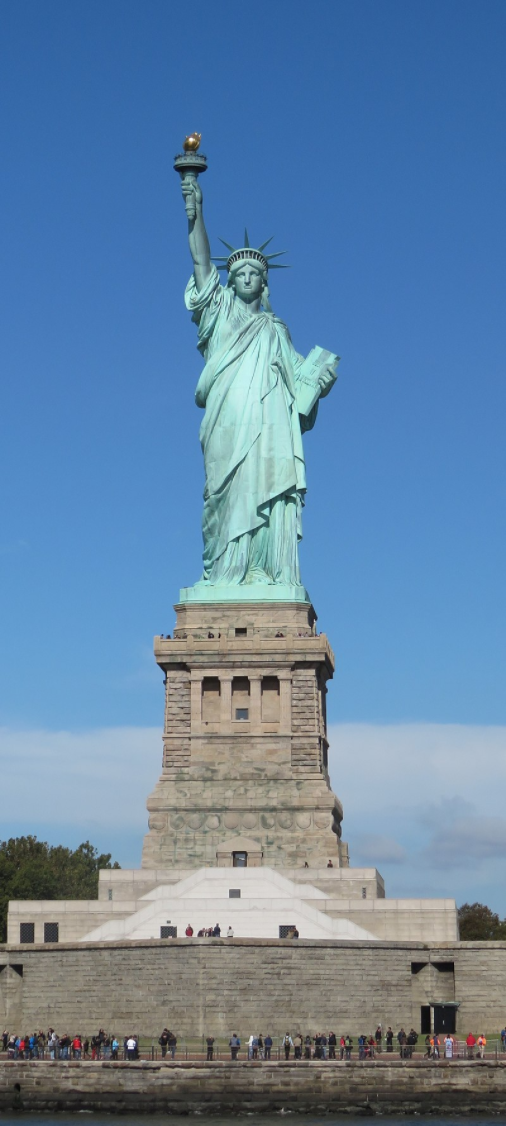Two asteroids to approach Earth on Monday, one of them BIGGER than STATUE OF LIBERTY

Just in case anyone was getting too comfy, NASA’s Center for Near-Earth Object Studies is warning that two asteroids are heading towards Earth this Monday. Another one is expected to come close to us early on Tuesday.
All three of the near-Earth asteroids are expected to make close approaches at some point between Monday May 18 and Tuesday May 19, at speeds of between 13,000 and 31,000 miles per hour.
The first of the week’s incoming asteroids, 2020 JE2, boasts a diameter of 56 feet, or the equivalent of two London buses one in front of the other, and will fly past us at roughly 2:19 pm EDT, at a mercifully safe distance of 524,000 miles away, or twice the distance between the Earth and the Moon.

Less than an hour later, 2020 HG9, the biggest of the three, surpassing the Statue of Liberty (that is, 305 feet, one inch in height), will shoot past us, not coming within 3.7 million miles of Earth.

Last, but not least, the 66-foot-wide 2020 KA will bring up the rear early on Tuesday, at a relatively paltry 13,000 miles per hour, but at a safe distance of 476,000 miles. The space rock measures over three times the size of George Washington’s nose on the world-famous Mount Rushmore statue.

Rather worryingly, these space-bound behemoths were first observed only on April 28 2020 (2020 HG9) and in mid-May (2020 JE2, 2020 KA), so, while our planetary early warning systems did manage to spot them ahead of time, today’s triple flyby is yet another reminder of the seemingly never-ending onslaught of space debris that bombards our cosmic backyard.
Like this story? Share it with a friend!














